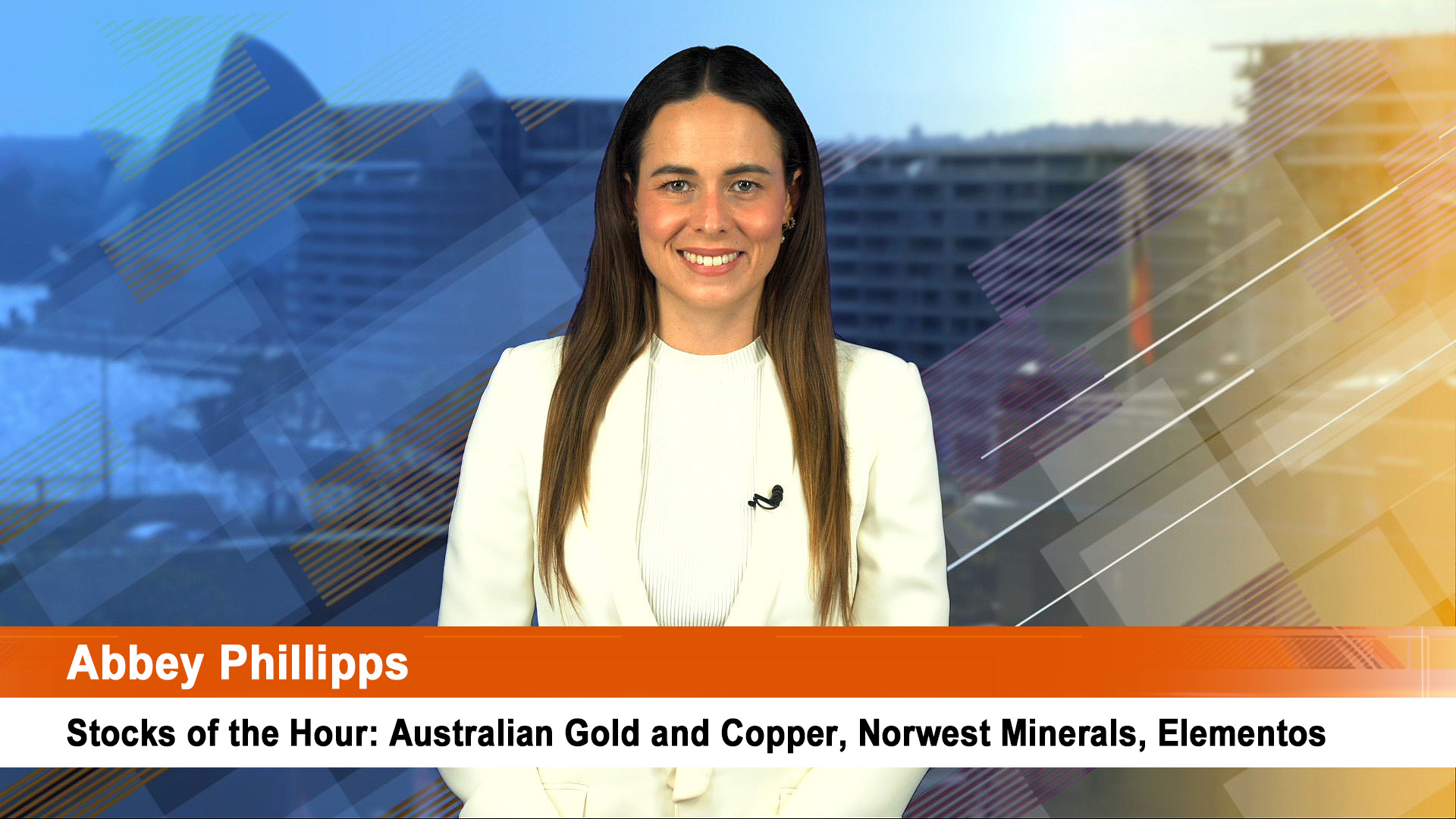Told you Monday morning, that there would be no more interest rate cuts from the Reserve Bank and that not only would rates remain steady for some time, that the next move would be up – whenever.
And that’s exactly what we got yesterday from the RBA, and up went the Aussie dollar, rising by close to 1.5c and closer to 89 USc than the 87 USc it traded at on Monday night in the midst of the silly sell-off on Wall Street.
The RBA rate announcement though did nothing to calm the nerves of the jittery investors in our market yesterday. They were busy flogging anything they had to people with a calmer, longer term mindset.
Our market finished down 90 points and like Wall Street there was no real need for the panic except a desire by markets to correct as investors grew more concerned about the level of share prices.
Investors will eventually get round to looking at the seachange in policy from the RBA, as outlined in yesterday’s statement. It’s one that strongly suggests the central bank sees the economy slowly gathering pace. Yes, growth will remain weaker than normal for a while, and yes, unemployment will continue to edge up – but the trend is the thing and that’s pointing upwards, from the RBA’s new stance.
Easing bias ends with no more rate cuts from the RBA
.png)
The key parts of yesterday’s statement from RBA Governor Glenn Stevens were (at the end of the statement, as usual):
"Looking ahead, the Bank expects growth to remain below trend for a time yet and unemployment to rise further before it peaks. Beyond the short term, growth is expected to strengthen, helped by continued low interest rates and the lower exchange rate. Inflation is expected to be somewhat higher than forecast three months ago, but still consistent with the 2–3 per cent target over the next two years.
"In the Board’s judgement, monetary policy is appropriately configured to foster sustainable growth in demand and inflation outcomes consistent with the target. On present indications, the most prudent course is likely to be a period of stability in interest rates."
In other words, the economy is making the transition from mining investment led growth, to the more common, domestic-driven, with the housing and construction sector playing a major role.
And, given the way home building (new home approvals rose 17.8% in 2013, and 21.8% for all dwelling approvals) and used home sales are going especially prices in Sydney and Melbourne – the bank feels there is no more need to throw fuel on the fire by cutting rates.
So those bank economists who still reckon a rate cut is going to happen – Westpac’s Bill Evans for instance – will be waiting a while. If anything the emphasis is now more towards a rate rise, sometime in the future, as the AMP’s Dr Shane Oliver suggested would be the case, in his weekend missive.
Gone from the Mr Stevens’ statement yesterday was the mention of the need for the value of the Aussie dollar to fall – "The exchange rate has declined further, which, if sustained, will assist in achieving balanced growth in the economy".
The dollar’s current value above 88 USc is now obviously acceptable – and it will probably ease to 87 USc or lower in the next week or so after dipping under that level last month. If it falls further then that’s a bonus.
With its new staff economic forecasts certainly lifted from their November levels, the bank sees the economy in slightly better shape than it did pre-Christmas (which was how the NAB’s business survey last week suggested was the case).
"In Australia, information becoming available over the summer suggests slightly firmer consumer demand and foreshadows a solid expansion in housing construction. Some indicators of business conditions and confidence have shown improvement," Mr Stevens said yesterday.
"At the same time, with resources sector investment spending set to decline significantly, considerable structural change occurring and lingering uncertainty in some areas of the business community, near-term prospects for business investment remain subdued.
"The demand for labour has remained weak and, as a result, the rate of unemployment has continued to edge higher. Growth in wages has declined noticeably.
"Inflation in the December quarter was higher than expected. This may be explained in part by faster than anticipated pass-through of the lower exchange rate, though domestic prices also continued to rise at a solid pace, despite slower growth in labour costs. If domestic costs remain contained, some moderation in the growth of prices for non-traded goods could be expected over time.
"Monetary policy remains accommodative. Interest rates are very low and savers continue to look for higher returns in response to low rates on safe instruments. Credit growth remains low overall but is picking up gradually for households. Dwelling prices have increased further over the past several months," he said.
And internationally, the emerging markets sell off hasn’t set off any alarm bells.
"Since the Board’s previous meeting, information on the global economy has been consistent with growth having been a bit below trend in 2013, but with reasonable prospects of a pick-up this year. The United States economy continues its expansion and the euro area has begun a recovery from recession, albeit a fragile one. Japan has recorded a significant pick-up in growth, while China’s growth remains in line with policymakers’ objectives. Commodity prices have declined from their peaks but in historical terms remain high.
"The Federal Reserve has begun the process of curtailing stimulus measures but financial conditions overall remain very accommodative. Long-term interest rates and most risk spreads remain low. Equity and credit markets remain able to provide adequate funding, but for some emerging market countries conditions are considerably more challenging than they were a year ago," Mr Stevens said.
That’s certainly the case, and after the mid year dip here and around the world, it seems as though the Australian economy is starting to follow the economies of the US, UK, Japan, and eurozone in a slow rebound.
There are still the usual possible pot holes – China remains the most important one to watch for Australia, along with global iron ore prices.
The AMP’s Shane Oliver wrote yesterday afternoon:
"First, the RBA has notably softened its stance on the $A, removing references to it being “uncomfortably high” and needing to fall further. This partly reflects the further fall in the value of the $A since the December meeting when it was around $US0.91. However, the $A is not that much lower and coming at a time when there is a risk of a short covering rally due to near record short positions in the $A it does risk fuelling a rise in the $A. In fact, following the RBA’s Statement the $A has bounced from $US0.8756 to around $US0.8880.
"Secondly, the RBA looks to have explicitly moved to a neutral bias on interest rates in stating that “the most prudent course is likely to be a period of stability in interest rates”. This is in line with our own view as we see the RBA leaving interest rates on hold at 2.5% for at least the six months as growth remains low but signs continue to build that growth will pick up later in the year.
"However, it would have made more sense for the RBA to retain the easing bias even though it didn’t expect to cut again, because it helped maintain downwards pressure on the $A.
"Finally, just as with the Fed last week, the RBA made no mention of recent concerns regarding emerging markets. This may suggests that it does not see it as a new issue – as emerging market concerns first arose last year in a big way – and that it does not see it as a big threat.
"Our view remains that interest rates will be on hold out to around September/October when they will start moving up in response to a pick-up in growth."
So rates on hold in Australia and to rise in New Zealand next month, judging by the comments last week from the RBNZ.
No more ‘rate cut looms’ headlines in the Antipodes!













